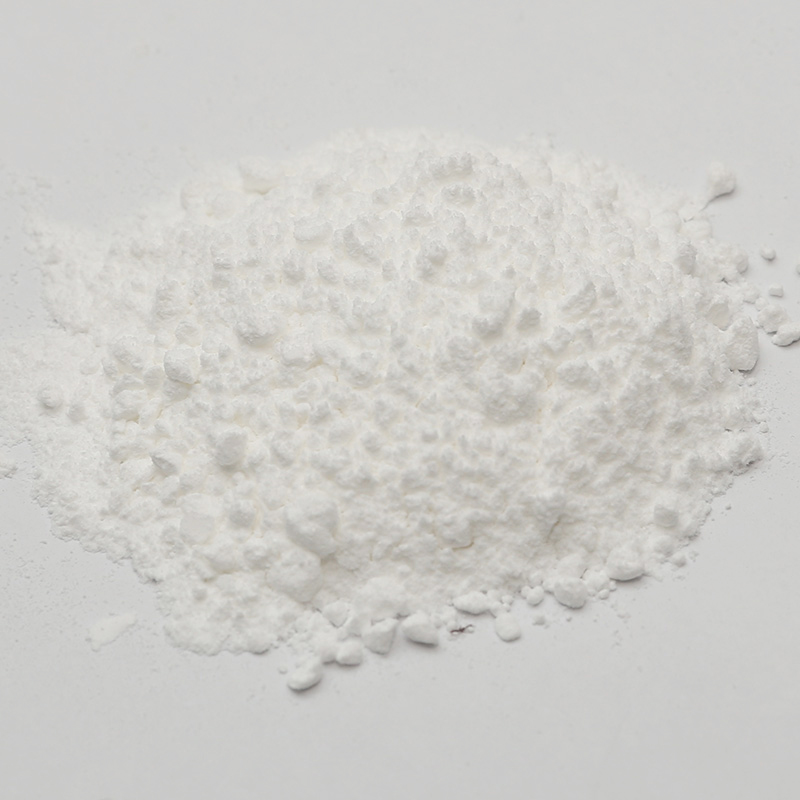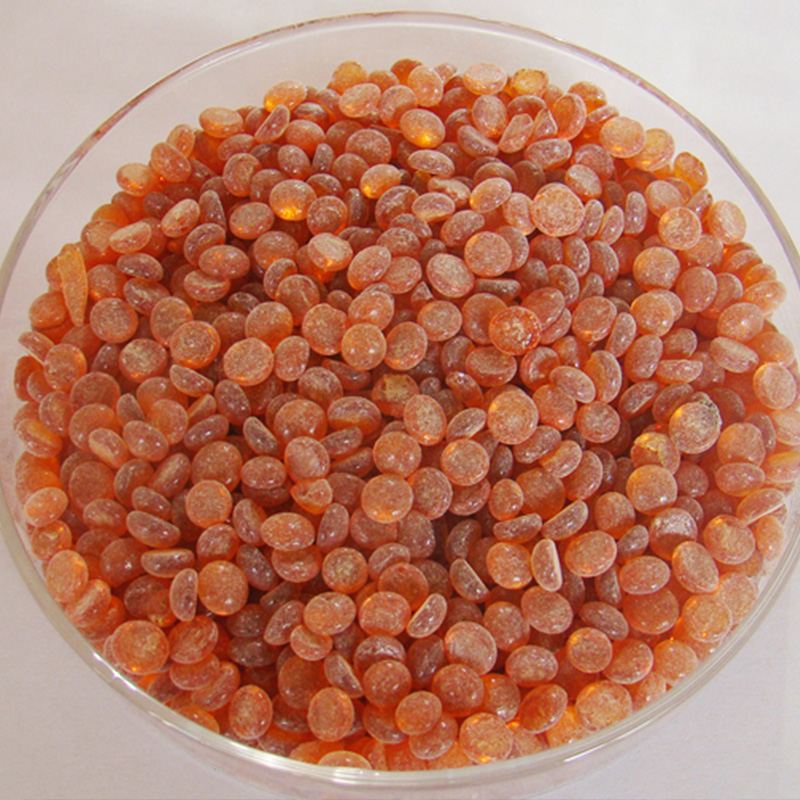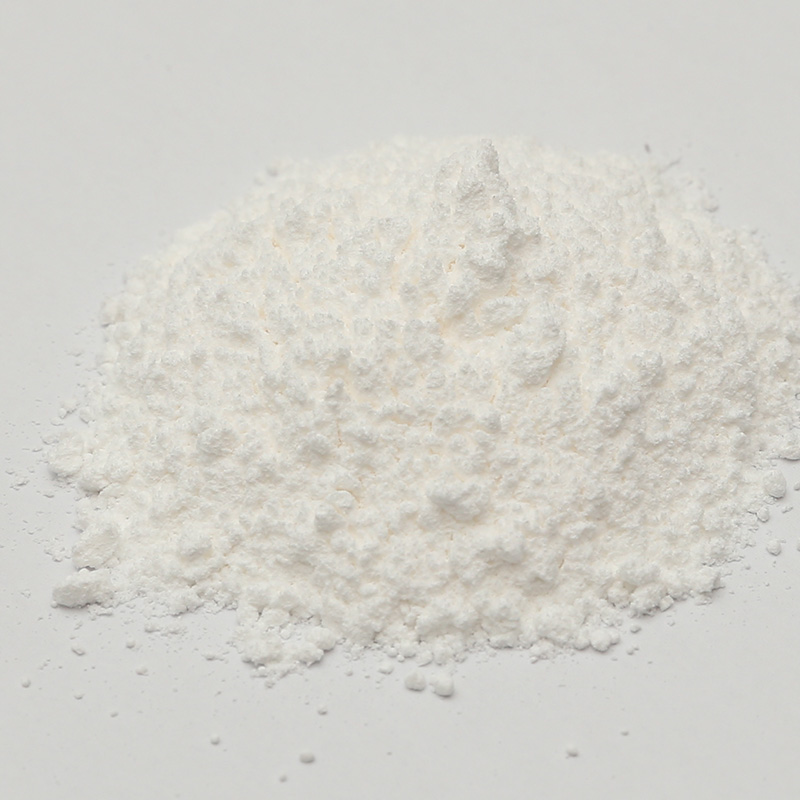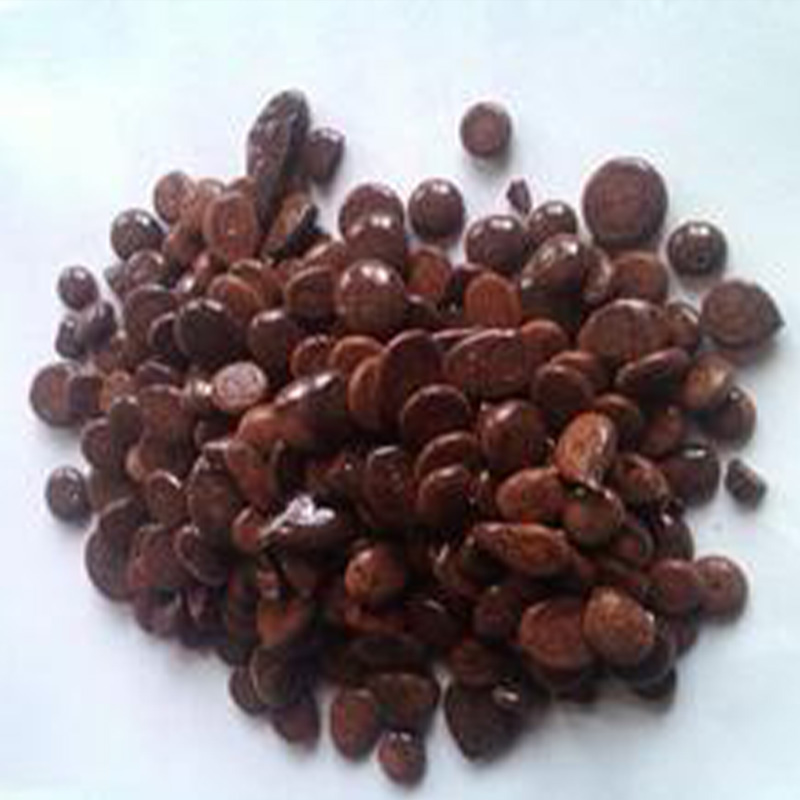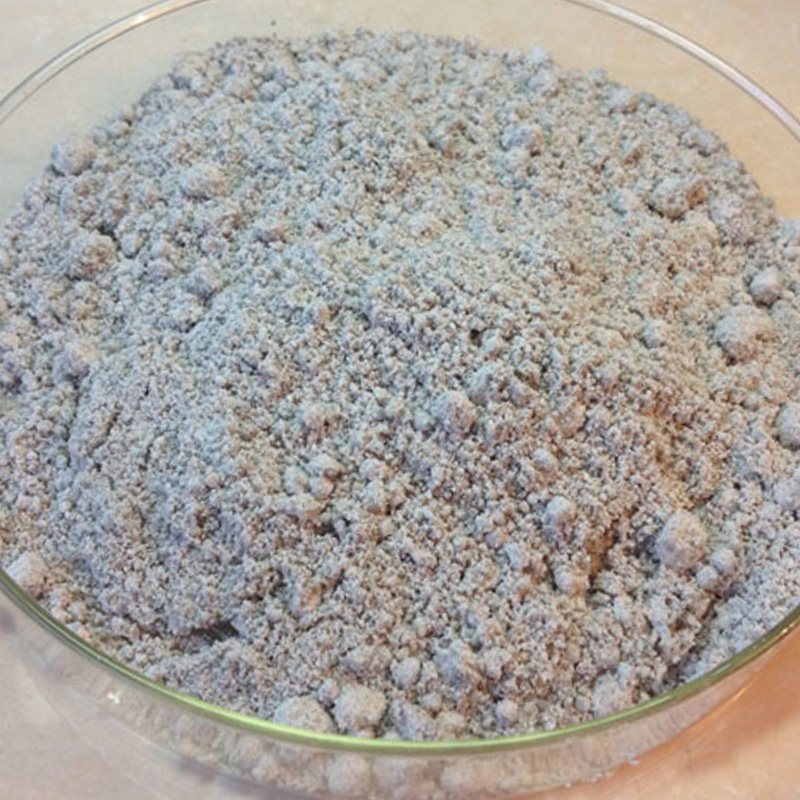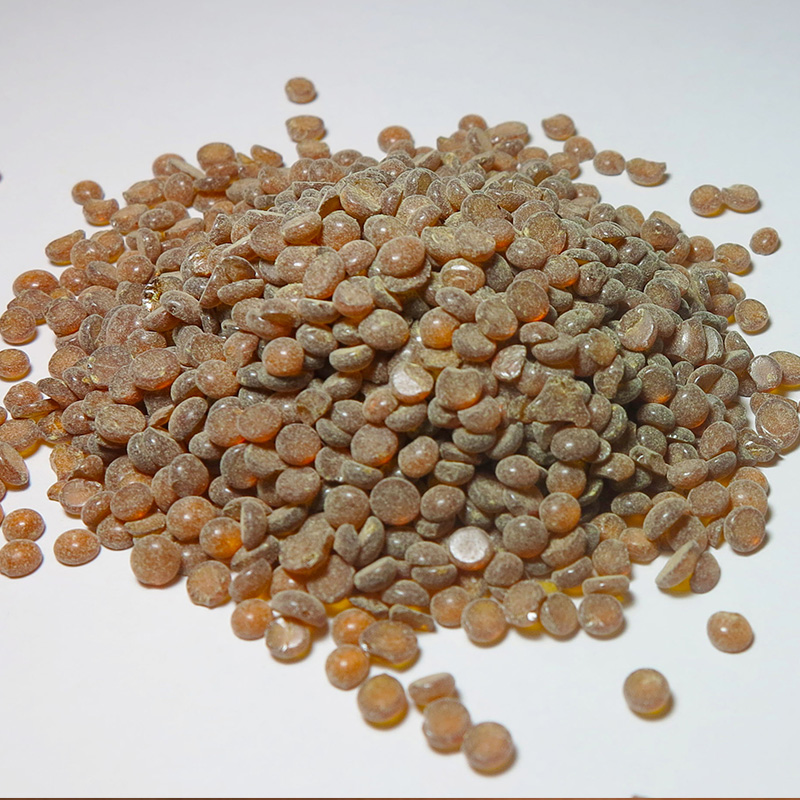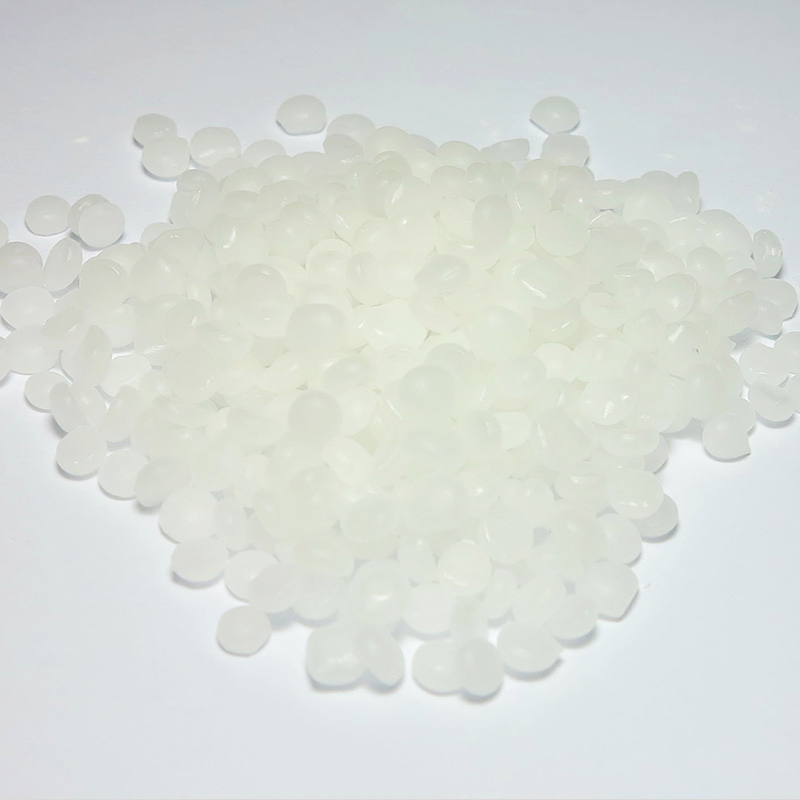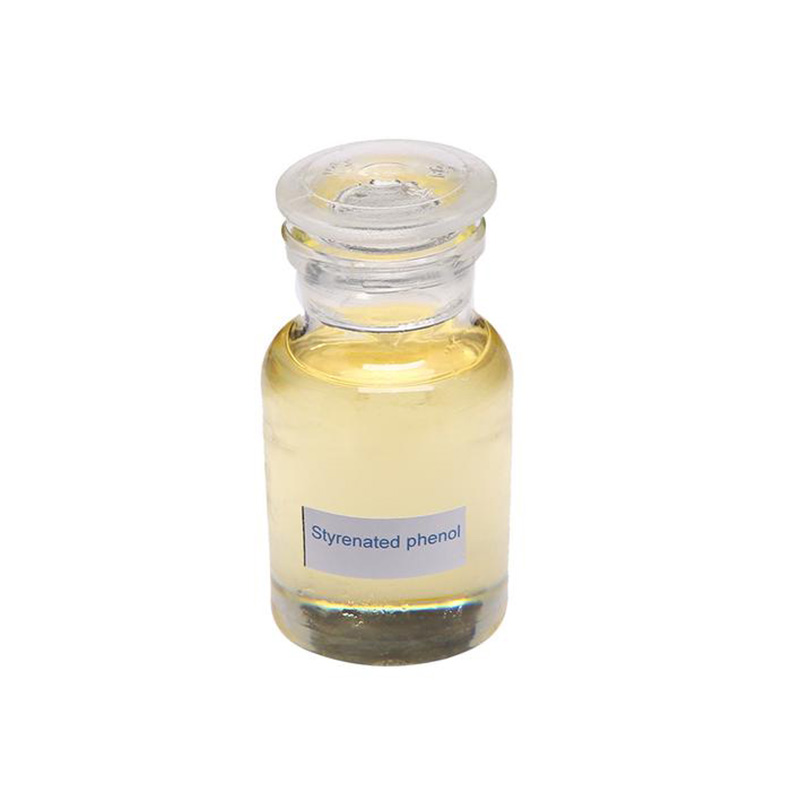Automotive rubber components play a crucial role in vehicle performance and safety. From tires and seals to hoses and belts, rubber parts must withstand various stresses, including heat, pressure, and exposure to chemicals. One of the key factors that helps these rubber components maintain their durability over time is the use of a rubber antioxidant agent.
A rubber antioxidant agent works primarily by protecting rubber materials from oxidation. When rubber components are exposed to oxygen, heat, and light during vehicle operation, they can degrade, becoming brittle, cracked, or discolored. This degradation affects the component’s flexibility, strength, and overall reliability. By incorporating a agent, manufacturers help slow down this aging process, preserving the material’s original properties for a longer period.
In automotive applications, rubber parts often face high temperatures generated by engine heat and friction. Without adequate protection, these conditions accelerate rubber aging. The rubber antioxidant agent acts as a shield against heat-induced oxidation. It absorbs and neutralizes harmful free radicals formed during the rubber’s exposure to heat, preventing chain reactions that cause material breakdown. This protective effect means that rubber components maintain their elasticity and tensile strength, even in demanding engine environments.
Another benefit of the rubber antioxidant agent is its role in enhancing resistance to ozone exposure. Ozone, a reactive gas present in the atmosphere, can cause surface cracking on rubber components. This is particularly concerning for parts like tires and seals that are frequently exposed to outdoor air. An agent reduces the impact of ozone attack by stabilizing the rubber’s molecular structure, helping components resist surface cracks and extend their service life.
In addition to protecting against heat and ozone, the rubber antioxidant agent improves the overall durability of automotive rubber parts. Hoses that carry fluids, belts that transmit power, and seals that prevent leaks all benefit from enhanced resistance to wear and tear. By reducing degradation, the agent helps reduce maintenance needs and replacement frequency, contributing to better vehicle reliability.
The inclusion of a rubber antioxidant agent can also improve the rubber’s performance under mechanical stress. Automotive components are often subjected to bending, stretching, and compression during use. Over time, these repetitive movements can cause micro-damage within the rubber structure. The antioxidant agent strengthens the material’s resistance to such damage, maintaining flexibility and preventing premature failure.
When selecting materials for automotive rubber parts, manufacturers consider many factors, including cost, performance, and environmental resistance. The addition of a rubber antioxidant agent is a cost-effective way to enhance the longevity of rubber without significantly increasing production expenses. It allows parts to perform well under harsh conditions while helping vehicles meet durability standards.
The rubber antioxidant agent is compatible with various types of rubber commonly used in automotive components, such as natural rubber, nitrile rubber, and silicone rubber. This versatility makes it an essential additive across different applications, from engine mounts to weather stripping. Its adaptability helps manufacturers optimize the performance of rubber parts regardless of the specific demands of the vehicle.
Furthermore, using a rubber antioxidant agent aligns with the growing focus on sustainability in the automotive industry. By extending the lifespan of rubber components, vehicles require fewer replacements, reducing waste and resource consumption. This supports efforts to reduce the environmental impact of vehicle production and maintenance.
In summary, the rubber antioxidant agent plays a vital role in improving the performance and durability of automotive rubber components. By protecting against oxidation, heat, ozone, and mechanical stress, it helps maintain the essential properties of rubber parts throughout their service life. This additive not only supports manufacturers in producing reliable components but also benefits vehicle owners with enhanced safety and reduced maintenance needs.



 English
English Português
Português Español
Español русский
русский 中文简体
中文简体